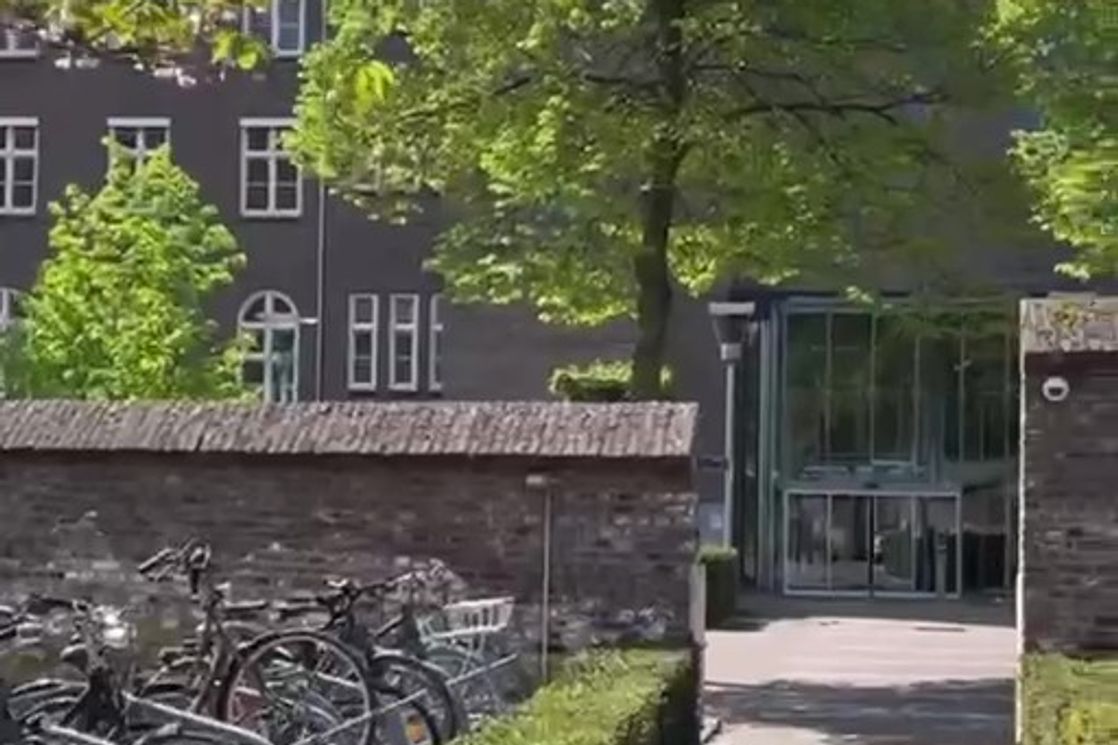Exchange program in Maastricht

Adaptation
To be honest, upon arrival, after seeing the gray, cold city, for the first two or three weeks I wanted to return back home. In addition, when I arrived, covid-passes were still in effect throughout Europe, i.e., to go to an event / sit with the friends somewhere, you had to take a covid test every day (because there I didn’t have a European vaccine).This of course ruined my first impression. But now, after 4 months of staying here, I can say with confidence that I can hardly imagine my life in Moscow, and with sadness I count down the remaining days before leaving my friends and Maastricht, which has become my second home.
Also, if you are planning to do an exchange at Maastricht University, make sure to check out Erasmus Student Network (ESN) Maastricht! ESN Maastricht is an international student organization whose mission is to represent international students. They organize activities, parties, trips and are always available to help exchange students. The best way to start off your semester in Maastricht is the Arrival week, during which you will meet other international students, get to know the surroundings.
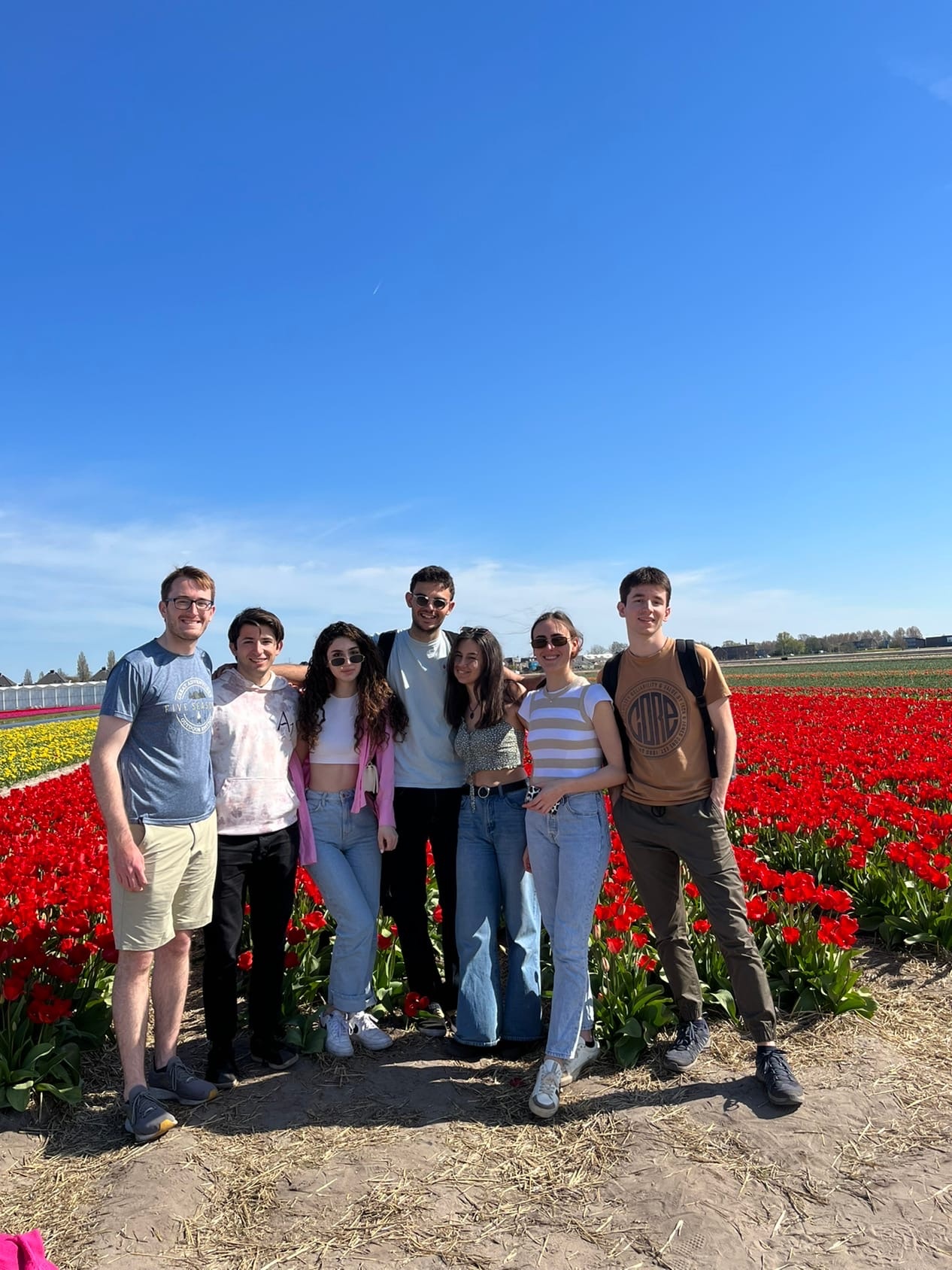
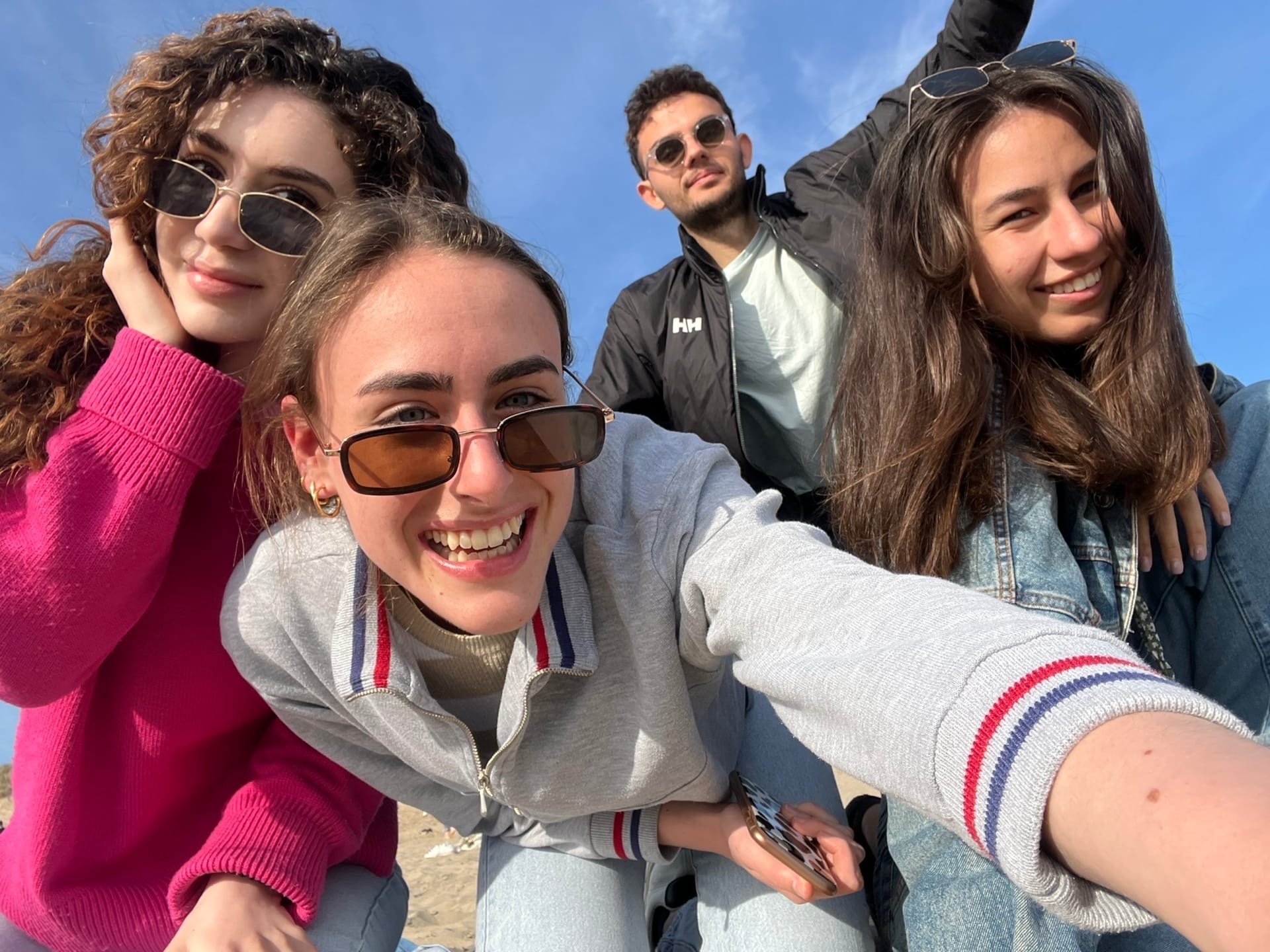
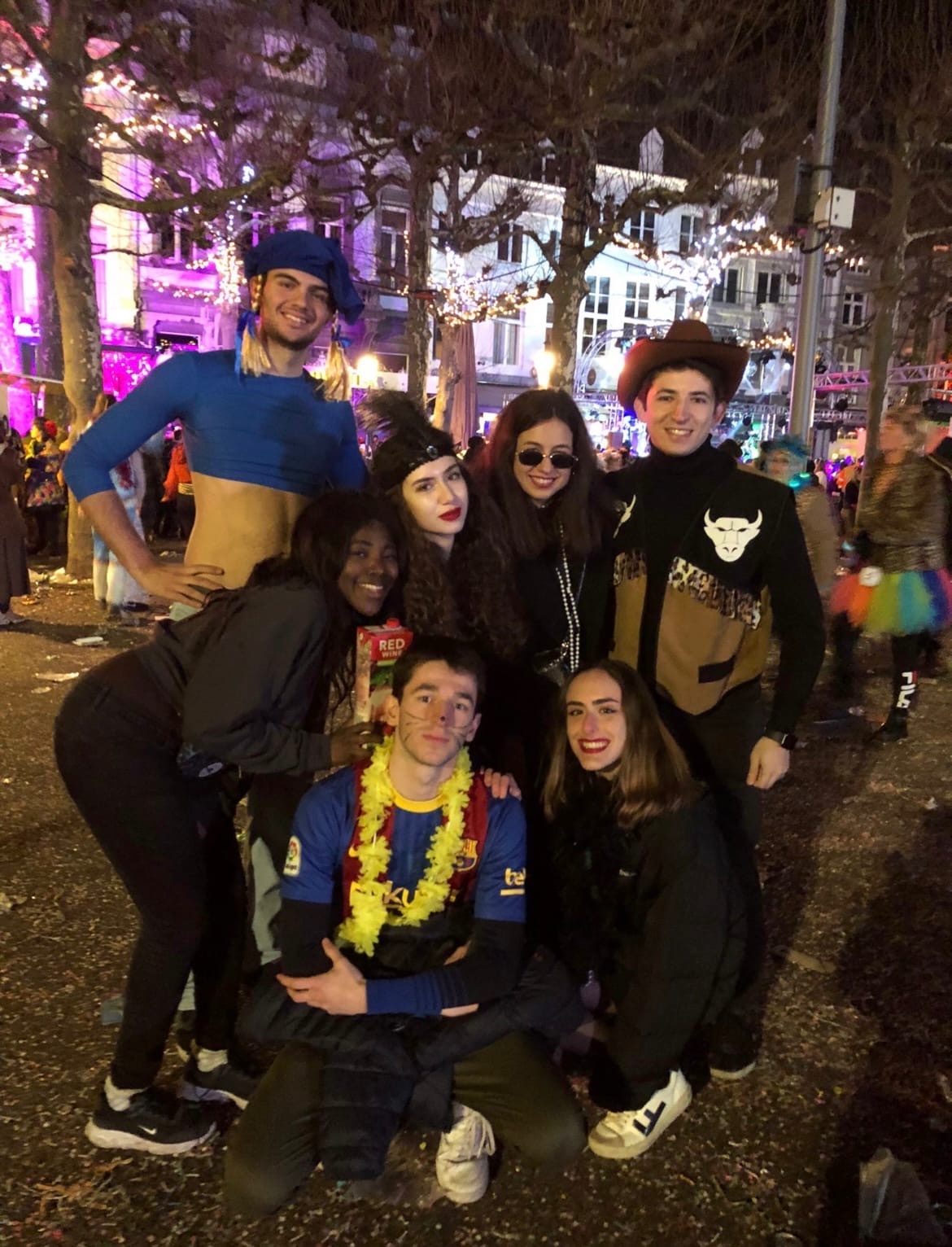
University
The education system at Maastricht university is very different from the one we are used to at HSE. They practice the “problem-based learning" approach here. The bottom line is that they expect students to be leaders in class rather than takers. At the first seminar, students are divided into groups, and each group facilitates 2-3 tutorials. The tutorials last longer - 2 hours. Even if you are not facilitating, you must be familiar with the new material to keep up the conversation. You have to be prepared even for the 1st seminar.
To be honest, at the very beginning I found it quite difficult to participate in the class discussions of high frequency, but fortunately, with the guidance of my tutors and with the warm help of my fellow coursemates, I quickly adapted to the PBL system and was happy to share my insights with them.
I also want to highlight the following differences:
- The minimum score for passing the subject is 5.5 out of 10 (1.5-2 points more than in HSE)
- Students (approximately 1000) write different exams in one large room altogether.
- Only 2 courses can be selected in one period.
- There are few tutorials per week, maximum 4 (2 lessons for each subject).
- All tasks are in the syllabus, none of the teachers will tell and remind you about your assignments.
City
Maastricht is a wonderful city to live in. Exactly the right size, inviting and lovely city centre, historic buildings besides cutting-edge architecture and industrial heritage. The city is vibrant, not in the least thanks to the many students, and there are many things to do. Maastricht has tons of cafés and restaurants. Its many historic buildings and green parks have been the setting of many great carnivals.
Actually, after the big city, Moscow, it was interesting to get the experience of living in such a small city, where wherever you go you meet friends, to feel student life, sitting in the park in between lessons.
Zooming out to the country itself, what impressed me the most is that absolutely everyone knows English here without any exception. For example, an American friend of mine recently traveled to another country and when he was asked where he was from, he said that he was from the Netherlands, in response to what he heard "Ohh, that's why you have such good English."
To be honest, it is quite expensive to live here, even the guys, as it seemed to me before from quite expensive countries – Italy, England, Spain – say that it is more expensive here. So a trip to the supermarket costs 20-30 euros on average. If we talk about pubs / cafes, one dish will cost you from about 13-14 euros, a drink 5-13. Transport is also pretty expensive (without a travel card it will cost 4 euros) and quite inconvenient. But here is where the most beloved of all the Dutch means of transport comes to the rescue - a bike! This country will definitely make you fall in love with this type of transport - after a semester of living here, I'm even thinking of getting a bike in Moscow, although I didn't even come close to them before coming here.
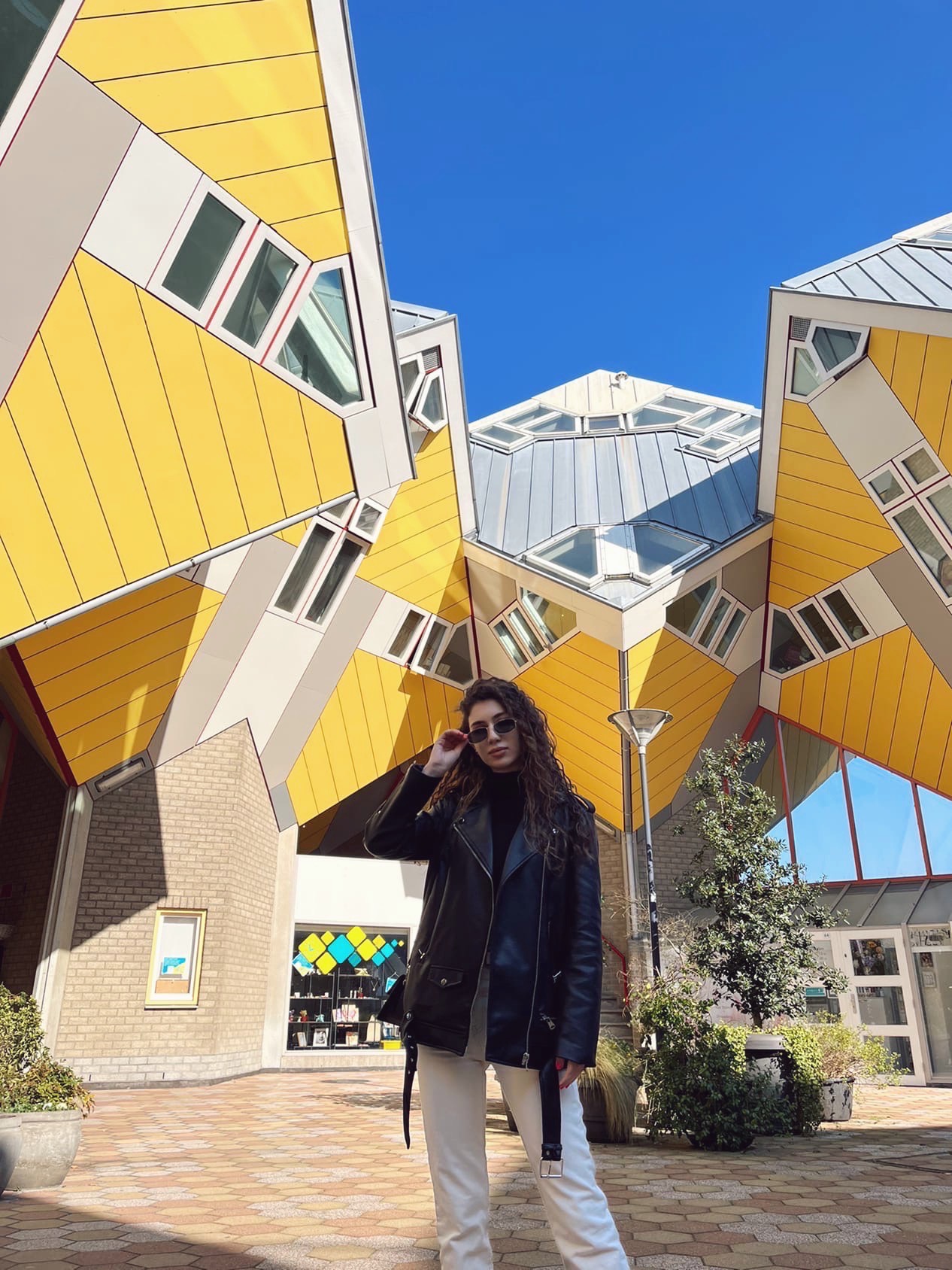
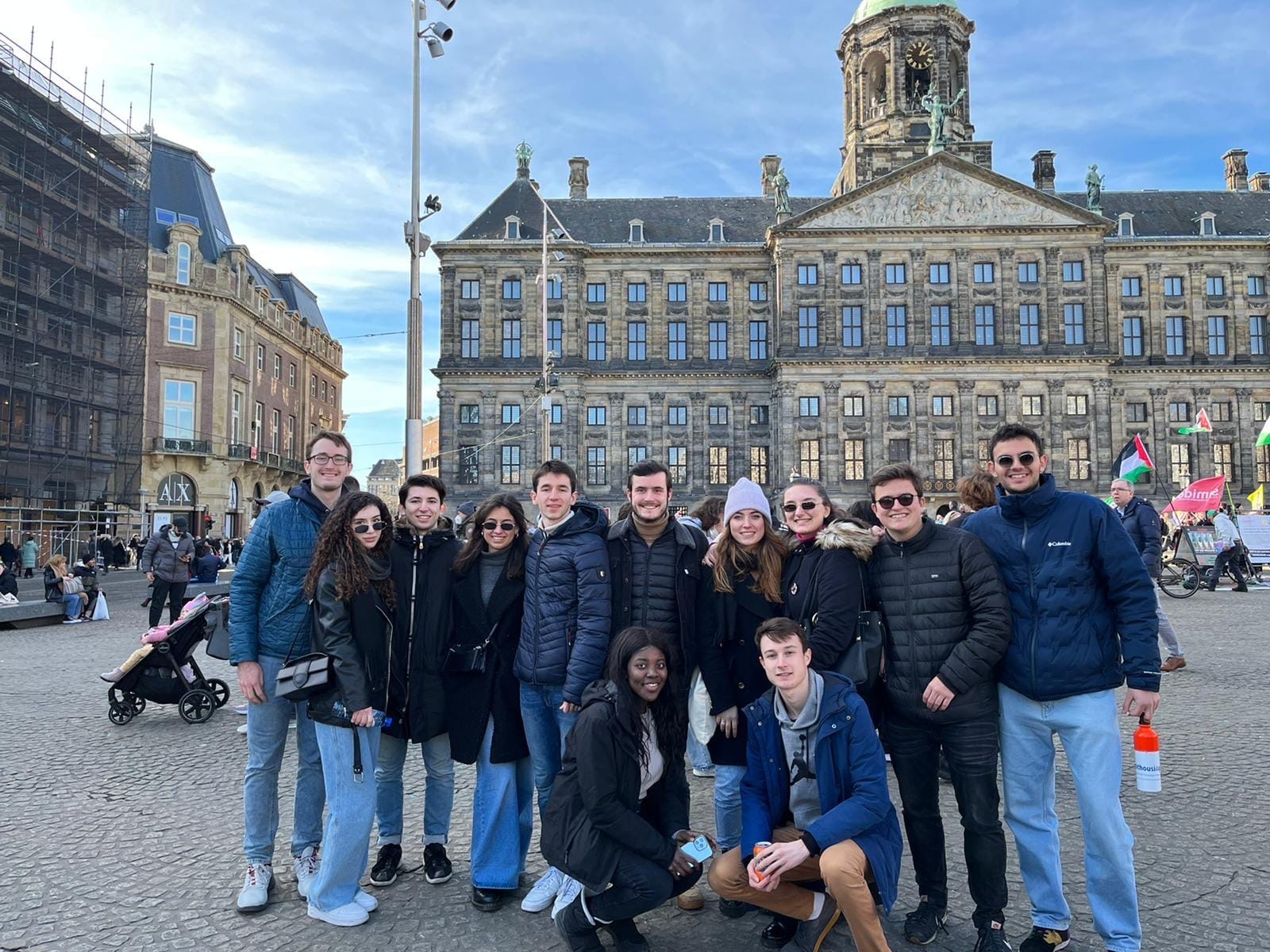
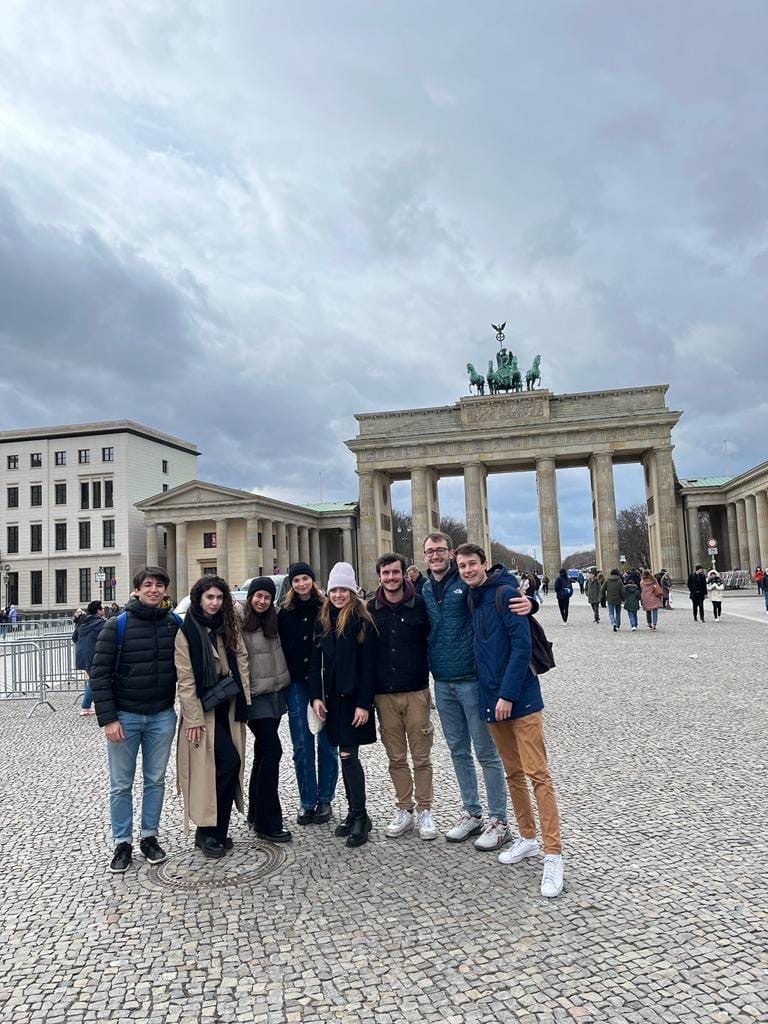
Trips
During the spring semester, there are many holidays from carnival to King's day, so there is plenty of time to travel. In addition, after each period, students have one week off!
Moreover, Maastricht is centrally located in the heart of Europe, bordering Belgium and Germany, which means that Brussels is an hour-and-a-half away, Amsterdam two, Paris and Frankfurt three, and London four-and-a-half hours. There are nine airports within an hour's travel, where low cost carriers will take you to any European city in a heartbeat.
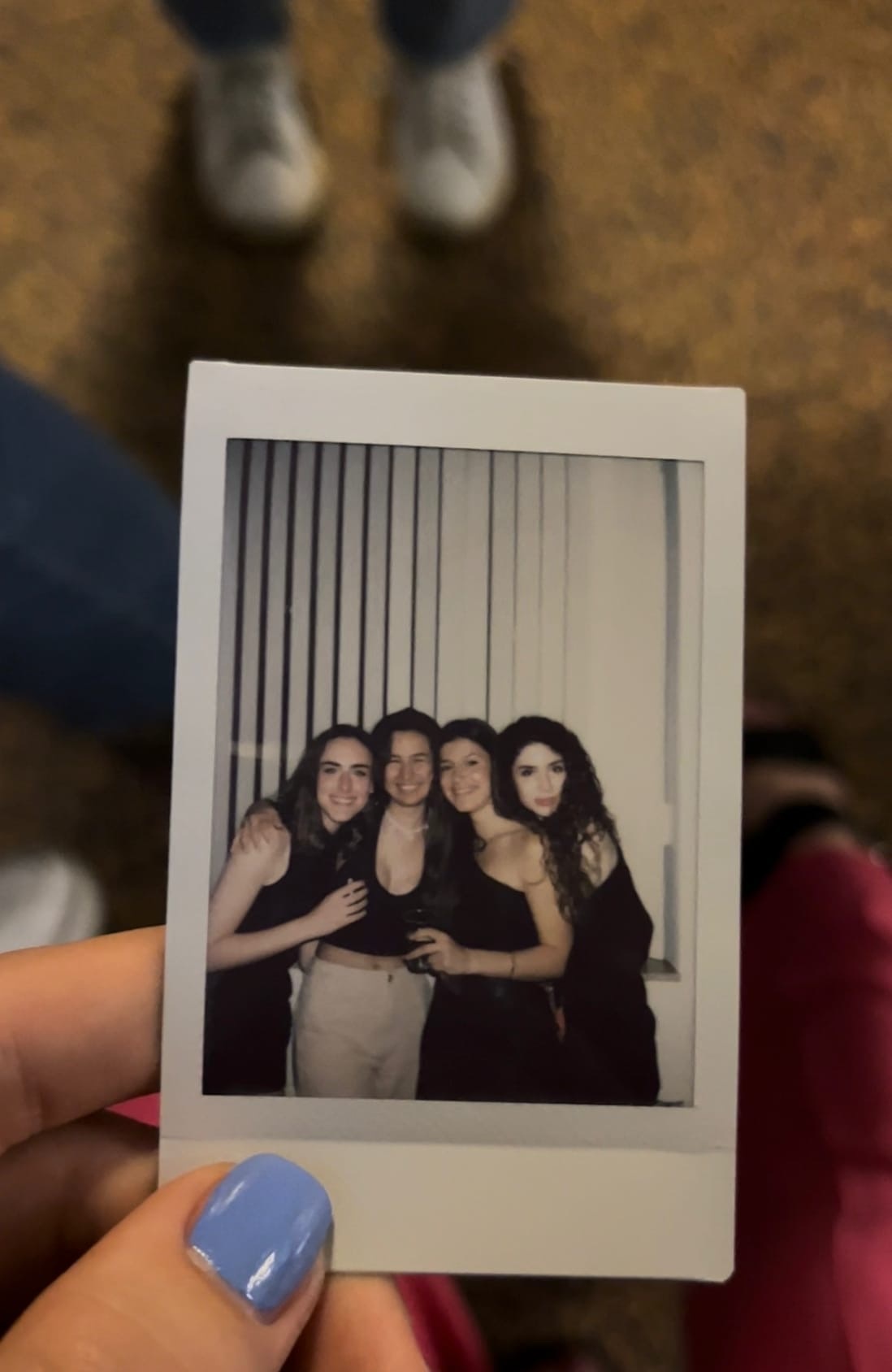
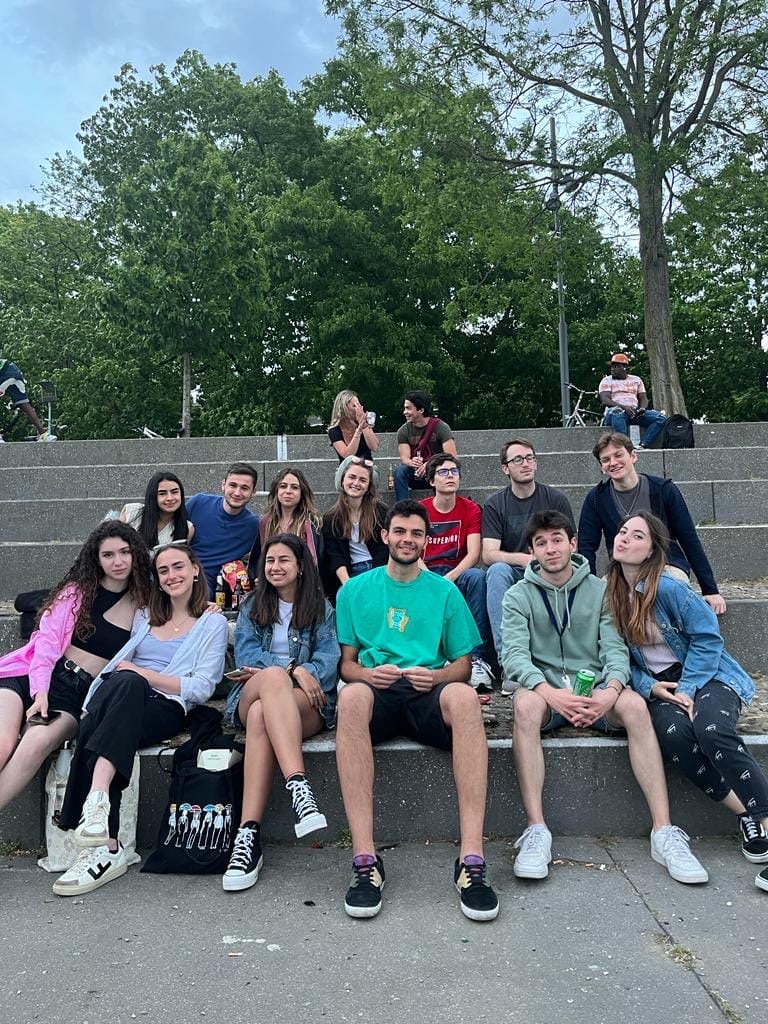
Conclusion
Everyone tells you how spectacular exchange is, but I don't think any words were able to describe how eye-opening, life-changing a term abroad in Europe would really be until you experience it yourself! I will forever be grateful for the opportunity and will carry back a lifetime of memories!
